Initial Thoughts
I just returned from trekking in Nepal, and while I've already flooded my social media with hiking photos, I want to share this amazing experience with more friends. To be honest, before departing, I was like many others who viewed the Himalayas as something unattainable. Whenever I saw those majestic snow-capped mountains in documentaries, I thought they were only conquerable by professional mountaineers.
However, after experiencing it firsthand, I realized our perception of the Himalayas might be quite skewed. It's like a seemingly aloof guy who's actually very approachable. Once you get close, you'll discover it's incredibly gentle.
Route Selection
Planning the route was quite challenging because there were so many options! I eventually chose the classic Annapurna Circuit. The trail is 160-230 kilometers long, which sounds intimidating, but spread over 15-20 days, you only need to walk 10-15 kilometers per day, so there's no need to worry about it being too strenuous.
The best thing about the Annapurna Circuit is that you experience every terrain from tropical to polar. At the start, you're walking through lush rice paddies and banana trees, and within a few days, you're seeing snow-capped mountains. Plus, the villages along the way are incredibly unique, with different architectural styles and local dress in each place - it's truly a cultural journey.
If you're short on time, Everest Base Camp is also a good choice. It takes 8-12 days round trip, and you get to be close to the world's highest peak - just thinking about it is exciting! However, keep in mind that Everest Base Camp has higher altitude, requiring more thorough preparation.
Besides these two main routes, there are many less-known but equally spectacular trails. For example, Langtang Valley, though less famous than the first two, has equally beautiful scenery and fewer crowds, perfect for those who prefer solitude. There's also the Manaslu Circuit, which is said to be what Annapurna was like before commercialization, very pristine.
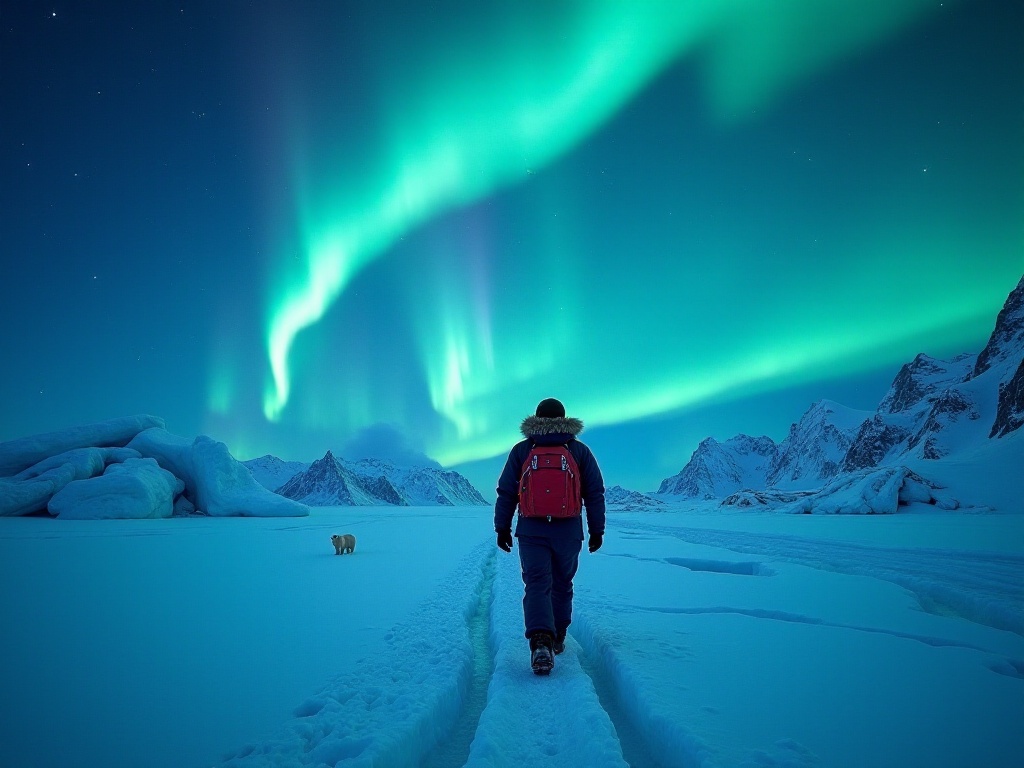
Transportation
Getting from Kathmandu to the trailhead can be both complex and simple. Taking the Annapurna Circuit as an example, the bus from Kathmandu to Besisahar costs about 80 RMB and takes 6-7 bumpy hours, but the scenery along the way will keep you from wanting to sleep.
While the bus is cheap, it can be quite tiring. If your budget allows, I recommend hiring a private car, which isn't too expensive when split among four people. The advantage is you can stop for photos anytime, and the schedule is more flexible. Just make sure to find a reliable driver, preferably through a legitimate travel agency.
On my way there, I met a super interesting driver uncle. He not only introduced us to local customs but also took us to a hidden viewpoint for an early taste of the Himalayas' grandeur. He even sang Indian songs, making the entire journey full of joy.
Regardless of your transportation choice, I recommend arriving at the trailhead a day early. This allows you to rest and adjust, plus explore the local town and feel the pre-trek atmosphere. It was in a small shop in Besisahar where I met the Korean girl who later became my trekking companion.

Accommodation Experience
Speaking of accommodation, I must praise the teahouses. Before leaving, I was worried about harsh living conditions in the mountains. But these teahouses turned out to be a trekker's paradise! Though facilities are simple, they're absolutely clean and tidy, and the owners are extremely welcoming.
What surprised me most was how affordable the teahouses are. During low season, many offer free accommodation if you eat your meals there. Even during peak season, a night only costs 20-50 RMB. Many teahouses have amazing viewing platforms where you can watch the sunrise paint the snow mountains red.
I particularly enjoyed chatting with trekkers from around the world in the teahouses' common areas at night. Once I met a French couple who were on their third Himalayan trek. Hearing about their experiences on different routes over the years gave me a deeper understanding of trekking.
The teahouse owners are like walking maps - they know all the routes and can tell you many local legends. One evening, a teahouse owner told us stories about the Yeti, which, combined with the howling mountain wind outside, was more thrilling than any horror movie.
However, be aware that facilities become more basic at higher altitudes. Above 4000 meters, hot water might be less reliable and showers may cost extra. But considering you're staying at the roof of the world, these small inconveniences seem trivial.
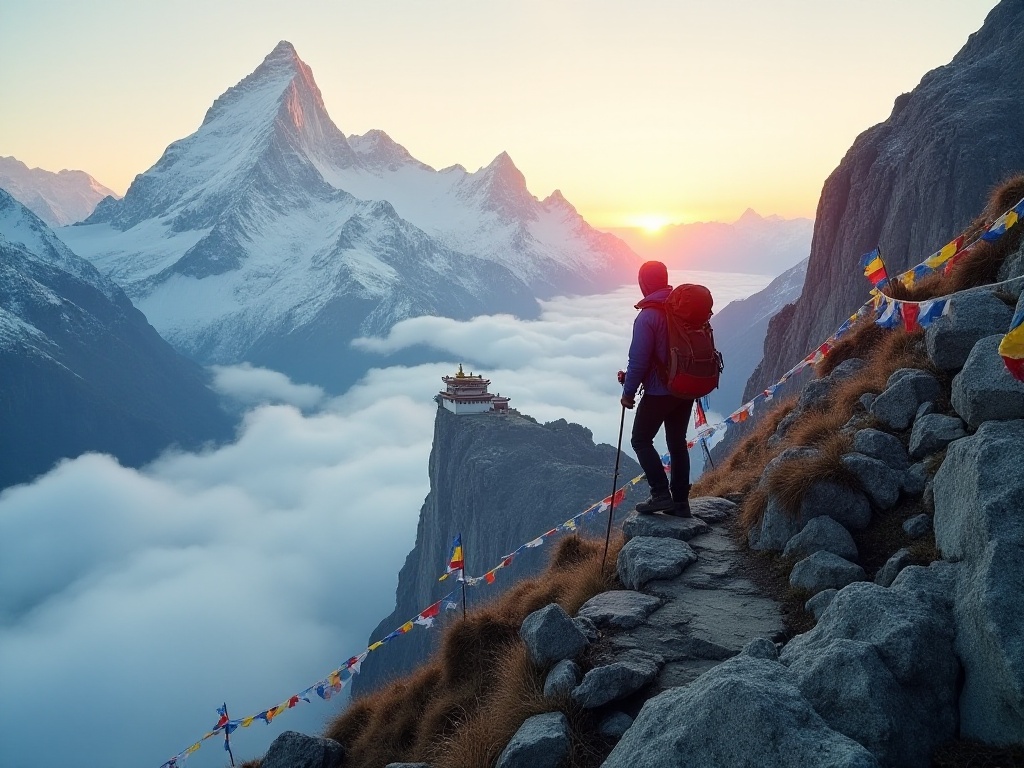
Food Arrangements
Regarding food, I must give Nepal's teahouses full marks! I thought we'd only have dry food in the mountains, but the food options were surprisingly abundant!
Traditional Nepalese Dal Bhat (curry with rice) is perfect for energy replenishment. Best of all, many teahouses offer unlimited refills. One day after walking nearly 20 kilometers, I finished three plates of rice, and the teahouse owner kept smiling while serving more.
Besides local food, many teahouses can make authentic Western dishes. I had genuine pasta at 3,800 meters and crispy apple pie at 4,000 meters - it was mind-blowing. Prices are reasonable too, with a filling meal costing 30-60 RMB.
For breakfast, I usually chose oatmeal or pancakes. With a hot cup of ginger tea, you feel warm all over. Speaking of ginger tea, it's a trekker's essential drink. It not only warms you up but also helps with altitude sickness.
Each village along the way has its own specialty foods. In Manang, I had yak meat burgers that tasted better than McDonald's. In Muktinath, the local Tibetan noodles with yak yogurt gave my taste buds an unprecedented treat.
However, food prices are higher at higher altitudes due to transportation costs. I recommend bringing snacks like chocolate and energy bars to replenish energy when needed.
One tip: drink plenty of water! Despite the cold, the high altitude makes dehydration easy. I drank at least 3-4 liters daily, and although this meant frequent bathroom breaks, it's worth it for health.
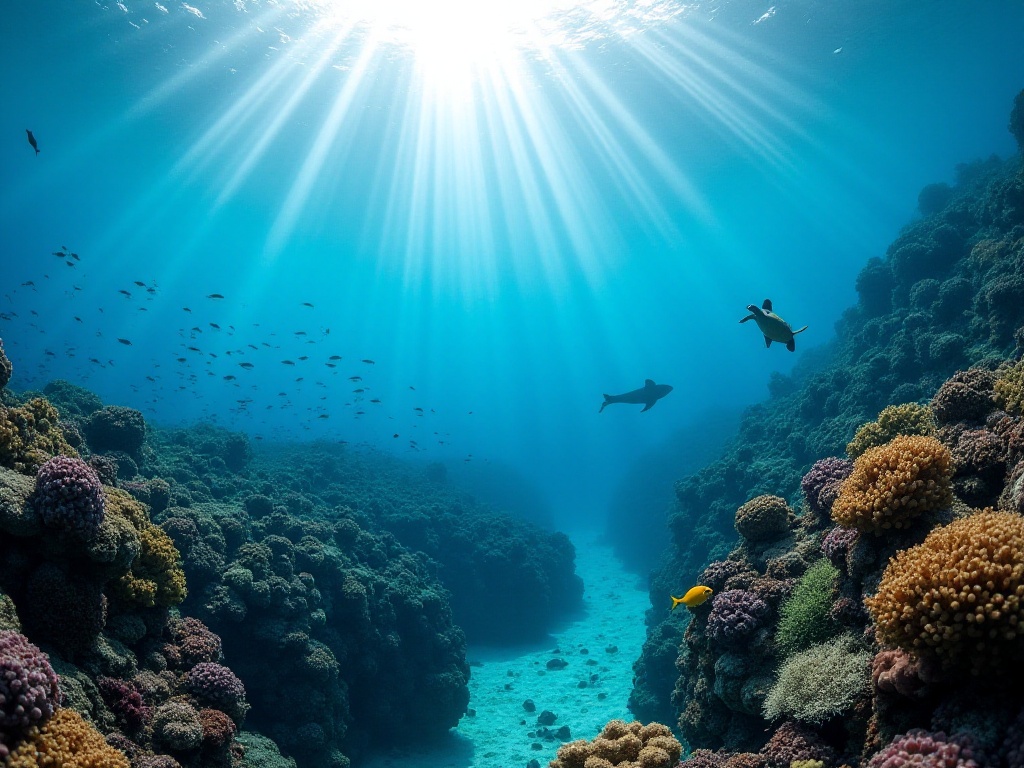
Equipment Preparation
Regarding equipment, many think they need lots of professional gear. Actually, it's unnecessary since renting equipment in Kathmandu is super convenient and affordable.
However, one thing you must prepare yourself is hiking boots. These are your "battle companions" and need to be broken in advance. I bought my boots two months early and wore them climbing small mountains weekly, so they wouldn't cause blisters during the actual trek.
Other equipment like sleeping bags, down jackets, and trekking poles can all be rented in Kathmandu's Thamel district. A complete set of equipment costs only 50-100 RMB per day. I met a German guy who rented everything except his boots and had a great time.
My equipment list included: 1. Essential hiking boots 2. Quick-dry clothes (layer properly) 3. Warm down jacket 4. Sleeping bag (nights are cold in the mountains) 5. Trekking poles (especially useful for descents) 6. Headlamp (some teahouses have power outages) 7. Sun protection (high altitude UV is strong) 8. Basic medications
Special reminder: sun protection is crucial! I got sunburned and peeled on the third day due to carelessness. Bring SPF 50+ sunscreen and reapply frequently.
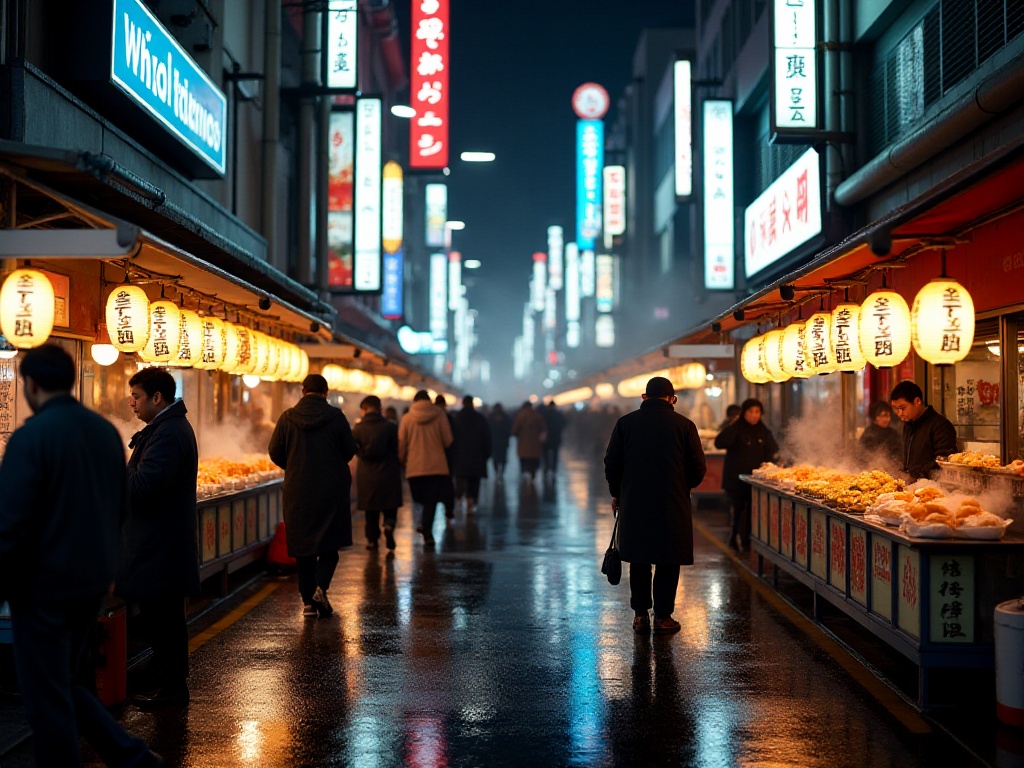
Altitude Sickness Prevention
Honestly, altitude sickness was my biggest concern. But following these points can minimize the risk:
First, control daily altitude gain to no more than 500 meters. Even if you feel good and want to go further, resist that urge. I saw several trekkers who had to quit because they rushed.
Second, maintain a steady, slow pace. At high altitudes, even small inclines can leave you breathless. Learn the "Himalayan step" - take a few steps then rest. Local guides taught me: three steps, three breaths.
Also, drink plenty of water and get enough sleep. I'd drink a large cup of ginger tea before bed for warmth and better sleep. Many people experience insomnia at higher altitudes - don't worry, maintaining a good mindset is important.
You can buy altitude sickness medication in Kathmandu, but I recommend consulting your doctor at home first to check if it's suitable. It's better to start taking it a few days before departure for better effect.
I noticed an interesting phenomenon: older trekkers seemed less prone to altitude sickness than younger ones. Perhaps because they walk slower and more patiently. This shows that in high-altitude areas, slow and steady wins the race.
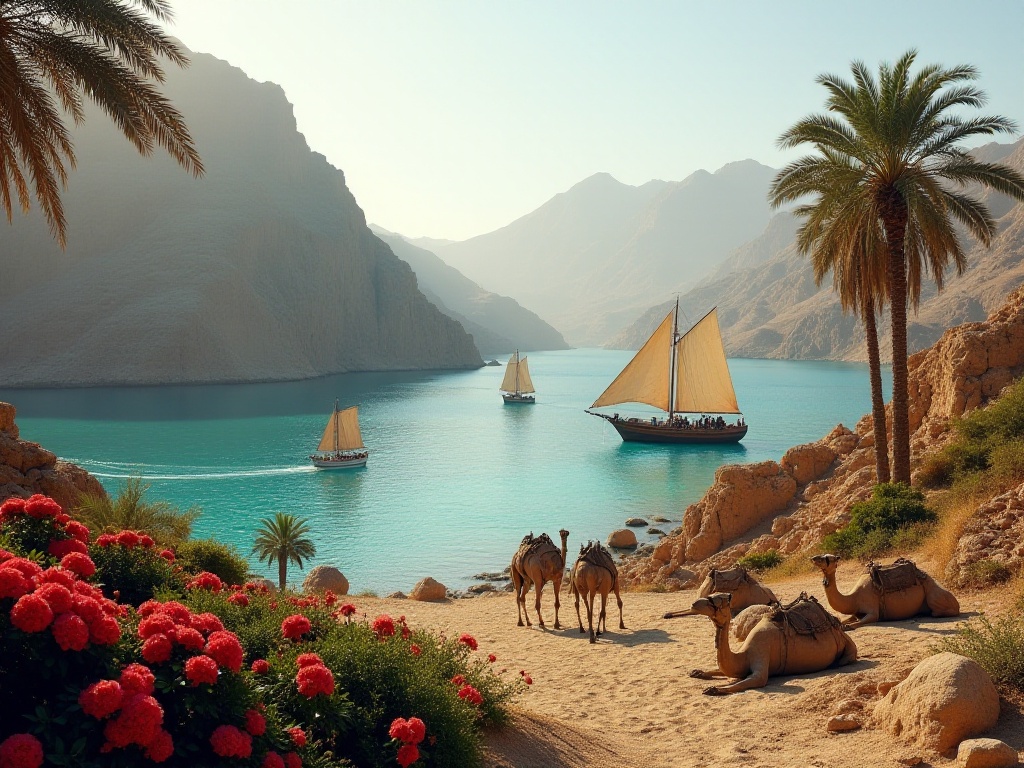
Cost Budget
Many think Himalayan trekking must be expensive, but it's actually great value! My 15-day trip, including international flights, cost just over 13,000 RMB.
The cost breakdown: - International flights: 4000-5000 RMB (depends on season) - Accommodation: 40 RMB daily average - Food: 150 RMB daily average - Transportation: About 500 RMB for buses and short rides - Equipment rental: 1500 RMB (15 days) - Visa and insurance: Around 1000 RMB - Miscellaneous: 2000 RMB (including souvenirs, tips)
Costs are lower during off-season (June-August is rainy season, October-November and March-April are peak seasons). However, note that road conditions and visibility are poor during rainy season.
I think the money was well spent, not just for spectacular views but also for unforgettable experiences and friendships. I met friends from around the world during the trek and still keep in touch.

Final Thoughts
Reflecting on this trekking experience has given me new perspectives on many things. I used to think the Himalayas were unreachable, but now I realize nothing is truly impossible if you just take the first step.
During the trek, what moved me most wasn't just the magnificent natural scenery, but the warm human encounters. I remember an elderly lady in a village at 4000+ meters inviting us in for butter tea. Though we couldn't communicate verbally, her smile conveyed the purest kindness.
Seeing 70-year-olds complete the trek made me realize that "impossible" is often just a mental barrier we create. Age isn't an issue, neither is physical fitness - what matters is having an exploratory spirit.
There's a Nepali saying "Bistari Bistari," meaning "slowly slowly." This isn't just hiking wisdom but life philosophy. In this fast-paced era, shouldn't we learn to slow down and appreciate life's beauty?
This trek taught me that the Himalayas aren't just cold mountains, but a place full of warmth. It teaches humility, perseverance, and courage. Each morning, watching the sunrise color the snow peaks from the teahouse door created indescribable awe and emotion.
So if you're yearning for the Himalayas, don't hesitate, take action! You too can complete this unforgettable journey. Trekking the Himalayas isn't as hard as imagined, but more meaningful than expected.
Lastly, a small detail: On my final day, I met Chinese trekkers just starting out. Seeing their nervous yet excited faces reminded me of myself before departure. I told them, "Don't worry, you'll meet good people along the way, and the Himalayas' beauty exceeds your imagination."
Life is like trekking - what matters isn't reaching the destination, but the scenery and stories along the way. I hope everyone who yearns for the Himalayas can find their own path.







